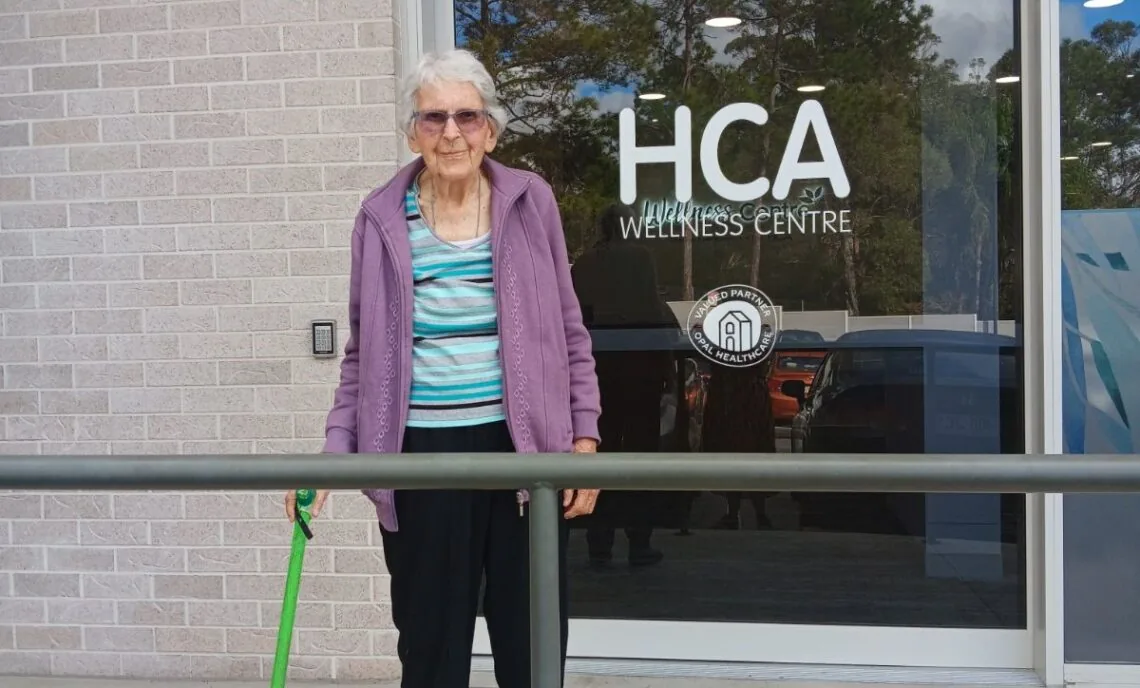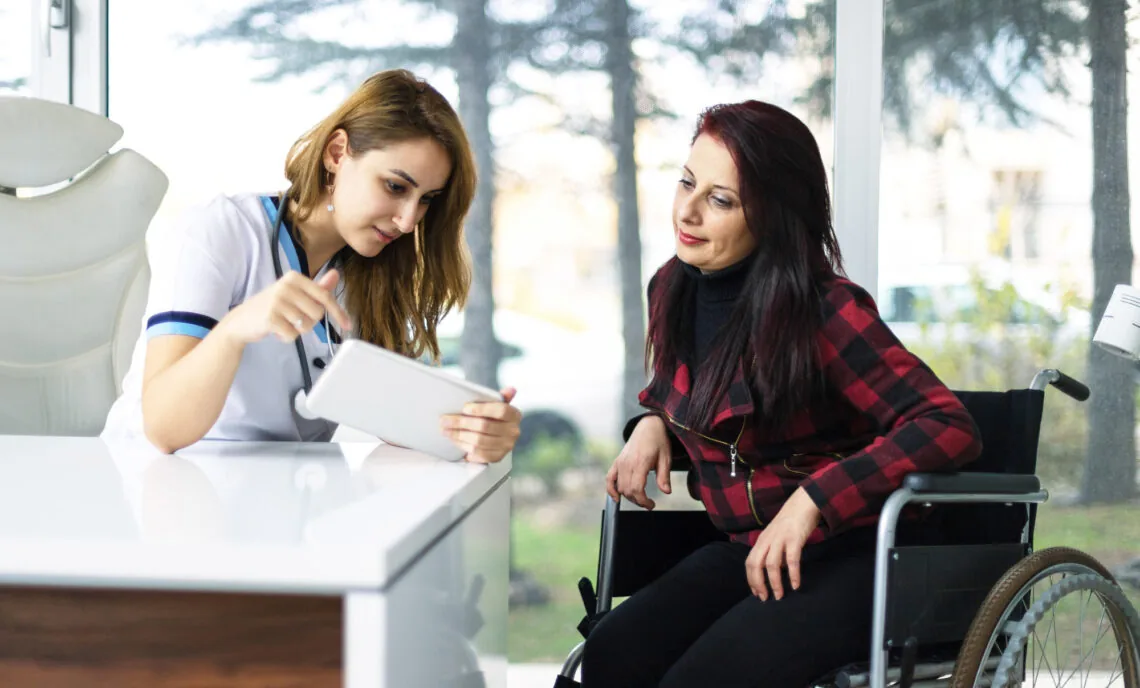
Management Strategies for Sundowning
Sundowning is the worsening of dementia symptoms during late afternoon or early evening. These symptoms include anxiety, visual or auditory hallucinations, screaming, yelling, restlessness, pacing, wandering and resistance to care.
There is no certain cause for Sundowning. Some suggest that it is due to the disruption of normal circadian rhythm (the person’s body clock) and regulation of behaviors by disease process of dementia. Environmental factors such as decreased exposure to familiar light and sounds; as well as the reduced availability of care staff can also contribute. A person with dementia may show symptoms of Sundowning if they have an unmet need such as experiencing pain; fatigue; hunger; feeling a lack of security, or the need to use the toilet.
Management strategies for Sundowning includes:
• Providing a gradual transition from daylight to artificial lighting, while avoiding loud lights and sounds to minimise confusion,
• Adhering to a daily schedule in the same environment to provide a sense of familiarity and security,
• Engaging the individual in evening activities that are familiar from earlier in life e.g., grocery shopping, occupation specific tasks.
• When approaching the person, do so slowly and in full view, speaking in a calm and reassuring voice. To communicate, address them using their name; identify yourself and use words that are familiar to them.
• As people with dementia may not able to directly vocalise what they need, identifying what unmet needs are causing this behavior change and aim to address these. For example, if pain is the cause, provide an intervention to reduce their pain.
• Engaging the person in daytime exercises can reduce their restlessness later in the day. Exercise sessions should be short and conducted in the same order to promote familiarity. Exercises also has benefits in improving mobility and preventing falls.
• For those who wander, provide appropriate gait aids and a safe environment with minimal obstacles to reduce the risk of falling.
• Avoid physical restraint and punishment as this will cause further confusion and agitation.
Often trial and error is needed to find the best strategies. Effective strategies should be adopted by all care staff to ensure the safe and effective management of Sundowning.
By Amelia Xie – Healthcare Australia Physiotherapist
References:
Alzheimer’s Australia (2017). Behaviour changes. Retrieved from https://www.fightdementia.org.au/about-dementia-and-memory-loss/about-dementia/behaviour/behaviour-changes.
Alzheimer’s Australia (2017). Sundowning. Retrieved from https://www.fightdementia.org.au/about-dementia/carers/behaviour-changes/sundowning.
Canevelli, M., Valletta, M., Trebbastoni, A., Sarli, G., D’Antonio, F., Tariciotti, L., & … Bruno, G. (2016). Sundowning in Dementia: Clinical Relevance, Pathophysiological Determinants, and Therapeutic Approaches. Frontiers in Medicine, 373. doi:10.3389/fmed.2016.00073
Goodman, C. C., & Fuller, K. S. (2014).Pathology: implications for the physical therapist. Elsevier Health Sciences.


